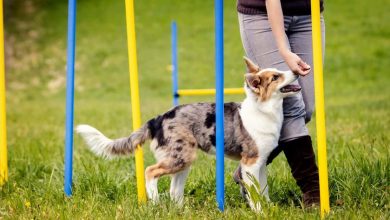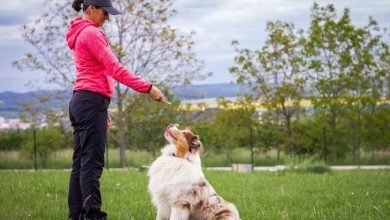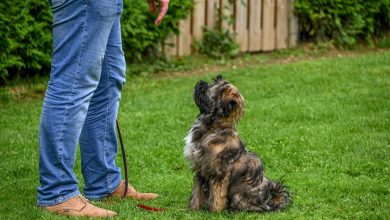Housebreaking Your Puppy: What Every New Owner Needs to Know
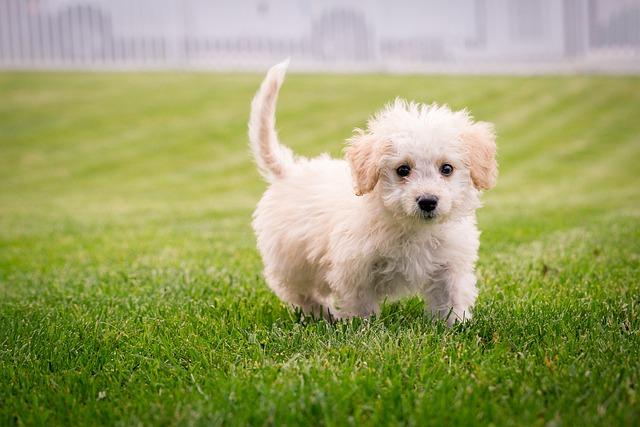
Bringing a new puppy into your home is an exciting adventure filled with wagging tails, playful antics, and boundless affection. However, amidst the joy and cuddles, there’s an essential task every new dog owner must tackle: housebreaking. This crucial step not only helps maintain a clean and comfortable home but also sets the foundation for a trusting and respectful relationship with your furry friend. In this article, we’ll guide you through the essentials of housebreaking your puppy, offering practical tips and friendly advice to make the process as smooth and stress-free as possible. Whether you’re a first-time pet parent or a seasoned dog lover, these insights will equip you with everything you need to know to successfully navigate this important milestone. So, let’s get started on turning those little accidents into triumphs of training!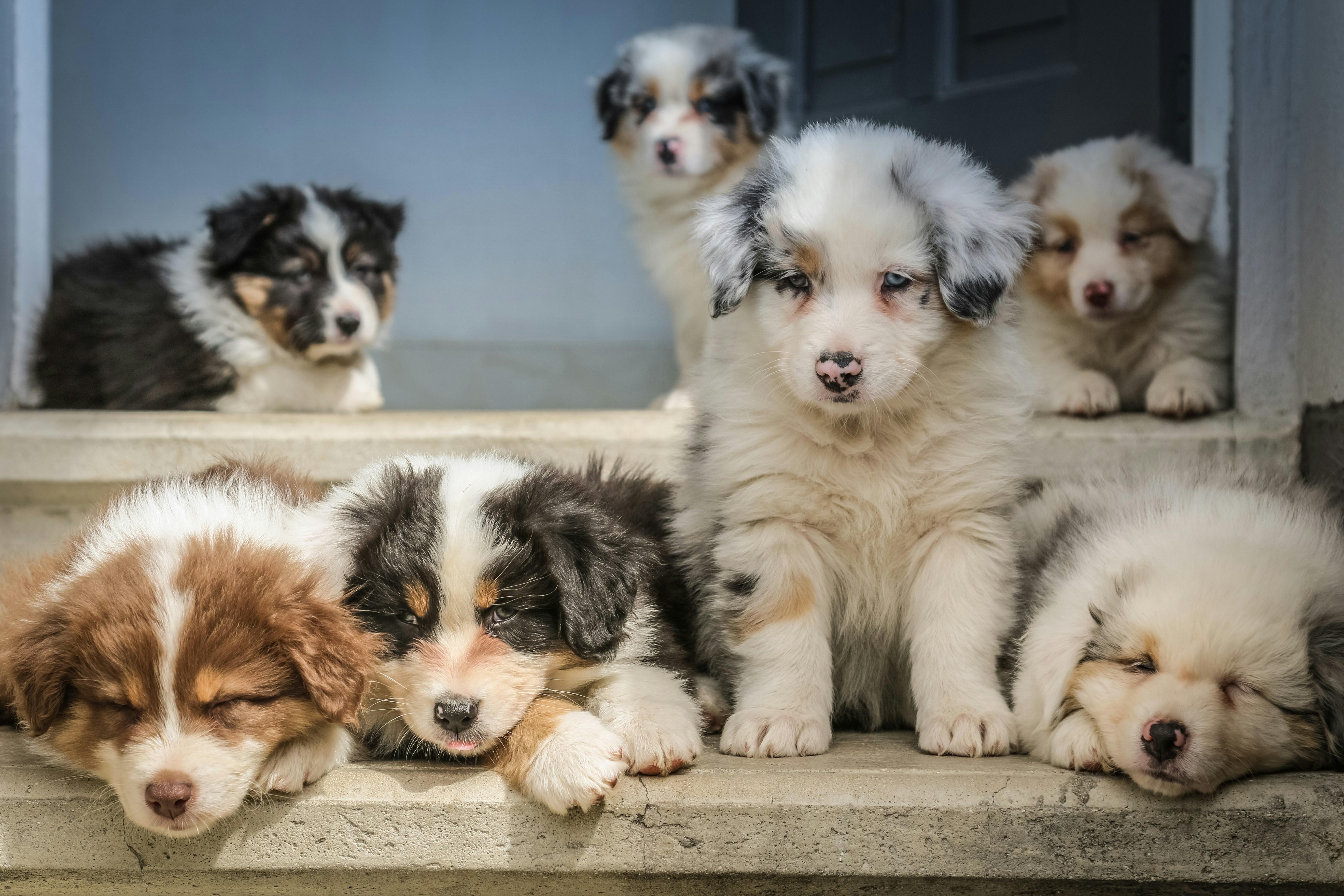
Understanding Your Puppys Needs and Behavior
To successfully housebreak your puppy, it’s crucial to recognize and understand their basic needs and natural behaviors. Puppies thrive on routine, so establishing a consistent schedule is essential. Begin by feeding your puppy at the same times each day and taking them outside immediately after meals. Puppies have small bladders and need frequent bathroom breaks, typically every two hours or after waking up from naps.
- Watch for signs: Sniffing, circling, or whining can indicate your puppy needs to go.
- Choose a designated bathroom spot: This helps them associate the area with going potty.
- Positive reinforcement: Praise and reward your puppy immediately after they eliminate outside.
Understanding your puppy’s behavior also involves recognizing that accidents will happen. When they do, avoid punishment, as it can create fear and anxiety. Instead, calmly clean up and continue reinforcing good habits. With patience and consistency, your puppy will learn where and when it’s appropriate to go, making the housebreaking process a positive experience for both of you.
Creating a Consistent Routine for Success
Establishing a consistent routine is crucial in the housebreaking process. Puppies thrive on predictability, and by setting a regular schedule, you can help them understand when and where they should do their business. Begin by taking your puppy out at the same times each day, such as first thing in the morning, after meals, and before bedtime. Consistency in timing helps your puppy recognize patterns and reduces accidents inside the house.
Consider these tips to enhance your routine:
- Designate a specific spot: Always take your puppy to the same location for potty breaks. This helps them associate the area with the act.
- Use commands: Incorporate a specific word or phrase, like ”go potty,” to signal what you expect. Over time, your puppy will understand and respond to the cue.
- Reward promptly: Offer treats or praise immediately after your puppy eliminates outside. Positive reinforcement encourages them to repeat the behavior.
By embedding these practices into your daily routine, you’ll create a structured environment that promotes successful housebreaking and a harmonious home life.

Positive Reinforcement Techniques for Effective Training
When it comes to teaching your puppy where and when to do their business, positive reinforcement can be a game-changer. Praising your pup immediately after they successfully go outside can create a powerful association between their action and your approval. Remember, timing is everything! A well-timed treat or enthusiastic “good job” will help them understand what they did right.
- Use treats wisely: Choose small, high-value treats that your puppy loves, and reserve them exclusively for successful bathroom trips.
- Consistent verbal cues: Use a specific word or phrase like “go potty” each time you take them outside, so they start associating it with the action.
- Immediate reward: Give the treat or praise right after the act, not when you get back inside, to reinforce the behavior effectively.
- Be patient and consistent: Remember that accidents happen, and it’s all part of the learning process. Stay calm and focus on rewarding the successes.
By making training a positive experience, you’re not just teaching your puppy where to go, but also building a bond of trust and understanding. This approach helps set the foundation for a well-behaved companion who feels secure and loved.
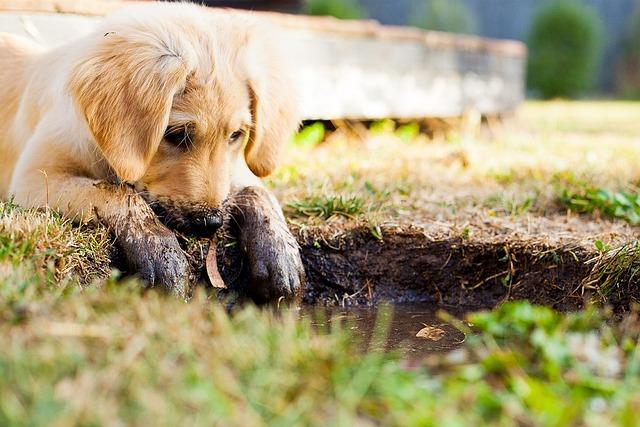
Handling Setbacks with Patience and Encouragement
Every puppy has its own pace, and as a new owner, it’s essential to approach setbacks with a mindset of patience and positivity. When accidents happen, as they inevitably will, it’s crucial to remain calm and avoid negative reactions. Puppies are sensitive to your tone and body language, so instead of expressing frustration, take a deep breath and remember that each mishap is a learning opportunity for both you and your furry friend.
- Stay Consistent: Keep a regular schedule for meals, potty breaks, and training sessions. Consistency helps your puppy understand what is expected of them.
- Celebrate Small Wins: Praise and reward your puppy with treats or affection when they follow the rules, reinforcing positive behavior.
- Adjust Your Approach: If your current methods aren’t yielding results, consider tweaking your strategy. Some puppies may respond better to different techniques or schedules.
Encouragement plays a vital role in this journey. Cheer for progress, no matter how small, and be sure to maintain a supportive environment where your puppy feels safe and motivated to learn. By fostering an atmosphere of encouragement and patience, you’re not just training your puppy; you’re building a strong, trusting relationship.

